
Tights are a kind of cloth garment, most often sheathing the body from the waist to the toe tips with a tight fit, hence the name. They come in absolute opaque, opaque, sheer and fishnet styles — or a combination, such as the original concept of the American term pantyhose with sheer legs and opaque panty. A variant, toe tights, are tights with individual toes, in the same way toe socks are socks with individual toes.

A sweater or pullover, also called a jersey or jumper, is a piece of clothing, typically with long sleeves, made of knitted or crocheted material that covers the upper part of the body. When sleeveless, the garment is often called a slipover, tank top, or sweater vest.

A hockey jersey is a piece of clothing worn by ice hockey players to cover the upper part of their bodies. They also are worn by fans to show support for a team, or to create ties to a hometown or region.

Leg warmers are coverings for the lower legs, similar to long socks but thicker and generally footless. Leg warmers are worn to keep the lower legs warm in colder weather. They can be tubular sleeves, long fabric wrappings, or simple pieces of fur or fabric tied around the calves. They are used in several outdoor activities and sports including cycling, soccer, hockey, hiking, ice skating, and dance.
A jockstrap, also a jock (male), jill (female), strap, cup, groin guard, pelvic protector (female), supporter, or athletic supporter, is an undergarment for protecting the scrotum and penis or vulva during contact sports or other vigorous physical activity. This article deals chiefly with the genital protective sports gear designed for the male body, colloquially known as a "jock".
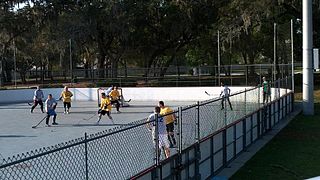
Street hockey is a collection of team sport variants played outdoors either on foot or with wheeled skates, using either a ball or puck designed for play on flat, dry surfaces. The object of every game is to score more goals than the opposing team by shooting the ball or puck into the opposing team's net. All games are derivatives of either the sport of ice hockey, floor hockey, bandy, and/or field hockey.

Sports equipment, also called sporting goods, are the tools, materials, apparel, and gear, which varies in shapes, size, and usage in a particular sport. It includes balls, nets, rackets, protective gears like helmets, goggles, etc. Since the performer must use a sport equipment, it can also be serve for protection.

In ice hockey, the goaltender wears specialized goaltending equipment to protect themselves from the impact of the puck, and to assist in making saves. Ringette and rinkball goaltenders use the same equipment with some exceptions. This article deals chiefly with the sport of ice hockey.

Cooperalls were a brand of ice hockey equipment manufactured by Cooper Canada. The name has since become a generic term for all hockey pants featuring a waist-to-ankle outer shell and the basic design remains popular in the sports of ringette and broomball but not ice hockey.

Baseball stirrups, also called stirrup socks or simply stirrups, are socks that are part of a traditional baseball uniform, giving the uniform a distinctive look. Stirrup socks are usually one of a team's traditional colors, and are worn over long socks that are usually white in color. The stirrup sock lacks toe and heel sections, instead having a loop which fits within the arch of the foot. Over the years, the stirrup loop tended to get longer, exposing more of the white undersock, thus creating a look unique to baseball. Most contemporary players in Major League Baseball (MLB) do not wear stirrup socks, as uniform pants that extend all the way down to the ankle have become increasingly popular since the mid-1990s.

Sportswear or activewear is athletic clothing, including footwear, worn for sports activity or physical exercise. Sport-specific clothing is worn for most sports and physical exercise, for practical, comfort or safety reasons.

A cheerleading uniform is a standardized outfit worn by cheerleaders during games and other events. These uniforms typically include the official colors and mascots of the school or team and are designed to make the wearer appear physically attractive. Early cheerleading outfits had pants or long dresses, but as cheerleading stunts became more complex, cheerleader uniforms have adapted to allow better range of motion.

In ice hockey, players use specialized equipment both to facilitate the play of the game and for protection as this is a sport where injuries are common, therefore, all players are encouraged to protect their bodies from bruises and severe fractures.
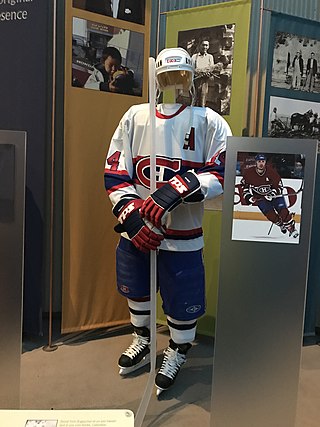
Players in the National Hockey League wear equipment which allows their team affiliation to be easily identified, unifying the image of the team. An NHL uniform consists of a hockey jersey, hockey pants, socks, gloves, and a helmet.

Clothing fetishism or garment fetishism is a sexual fetish that revolves around a fixation upon a particular article or type of clothing, a particular fashion or uniform, or a person dressed in such a style.
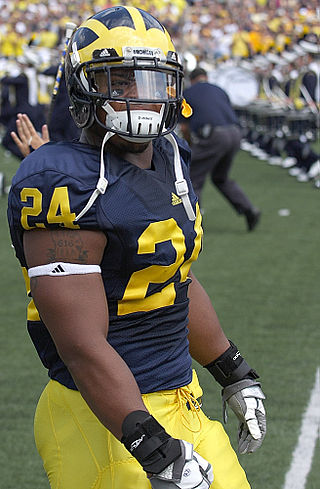
Gridiron football players wear various pieces of equipment for the protection of the body during the course of a football game. Basic equipment worn by most football players include a helmet, shoulder pads, gloves, shoes, and thigh and knee pads, a mouthguard, and a jockstrap or compression shorts with or without a protective cup. Neck rolls, elbow pads, hip pads, tailbone pads, rib pads, and other equipment may be worn in addition to the aforementioned basics. Football protective equipment is made of synthetic materials: foam rubbers, elastics, and durable, shock-resistant, molded plastic. Football protective equipment has remained consistent in use for decades with some slight modifications made over the years in design and materials. The assignment and maintenance of football gear belongs to the team equipment manager.

Pads are a type of protective equipment used in a number of sports and serve to protect the legs from the impact of a hard ball, puck, or other object of play travelling at high speed which could otherwise cause injuries to the lower legs. These are used by batters in the sport of cricket, catchers in the sports of baseball and fastpitch softball, and by goaltenders in sports such as ice hockey, ringette, bandy, rinkball, field hockey, rink hockey and box lacrosse.
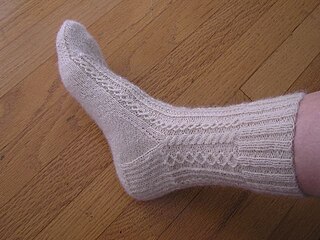
A sock is a piece of clothing worn on the feet and often covering the ankle or some part of the calf. Some types of shoes or boots are typically worn over socks. In ancient times, socks were made from leather or matted animal hair. In the late 16th century, machine-knit socks were first produced. Until the 1800s, both hand-made and machine-knit socks were manufactured, with the latter technique becoming more common in the 19th century, and continuing until the modern day.
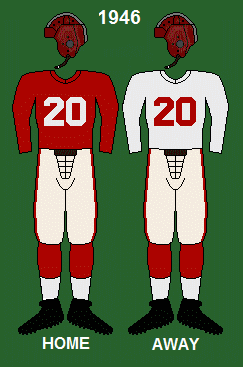
The logo and uniforms of the San Francisco 49ers have evolved since their inception in 1946.



















